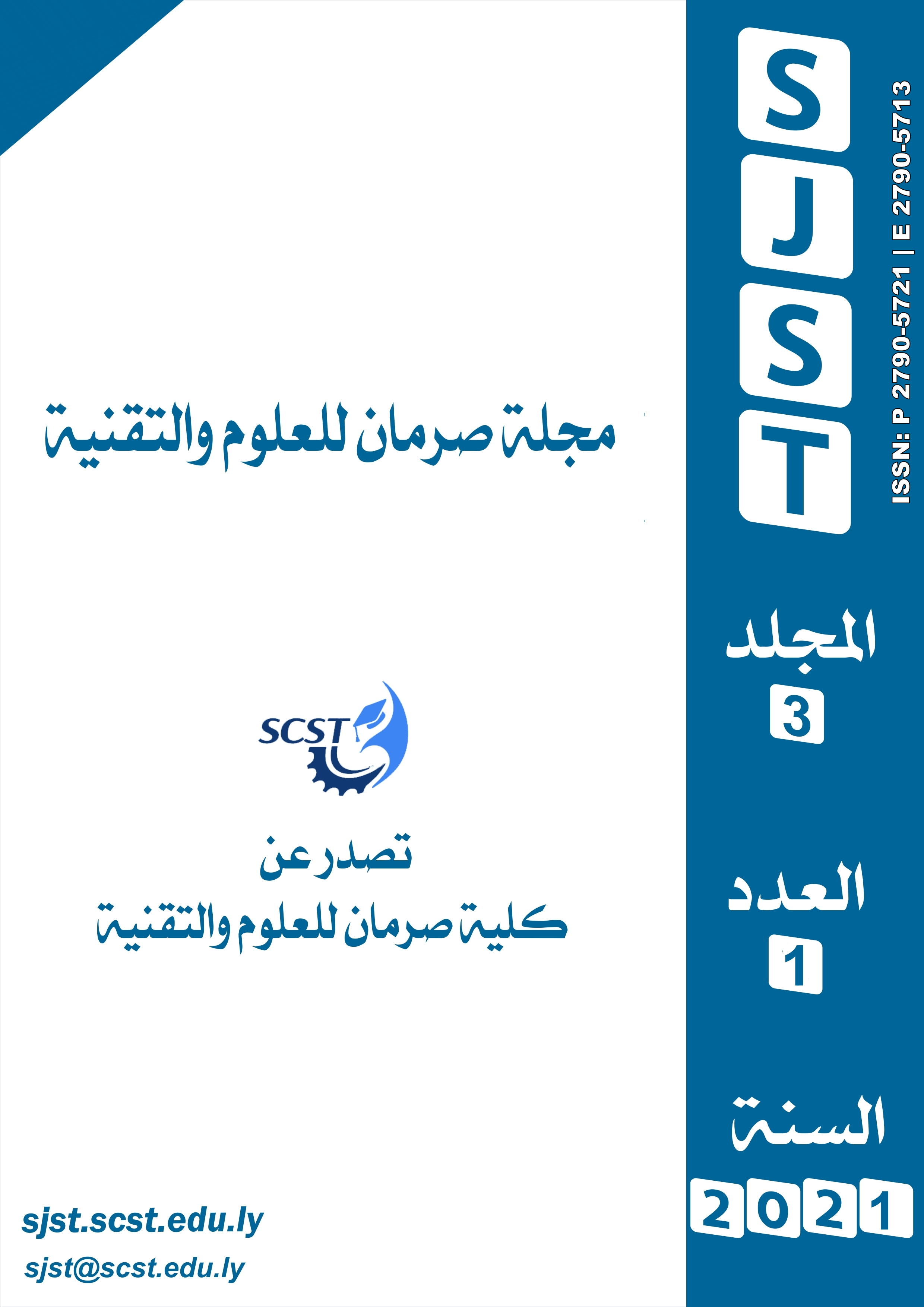Molecular Systematic Study Of The Genus Fagonia L. In Libya
Main Article Content
Abstract
Molecular analyses of ten Fagonia species grown widely in the Libyan Desert have been carried to investigate the taxonomic relationship between them and to evaluate the genetic distances among them. To achieve our aim RAPD technique carried out through six arbitrary primers. Comparing with ladder DNA marker, the obtained data were computerized and analyzed using SYSTAT program. The studied species are F. arabica L., F. bruguieri DC, F. cretica L., F.glutinosa Delile, F. indica Burm., F. microphylla Pomel, F. sinaica Boiss, F. schweinfurthii Hadidi, F. tenuifolia Steud. and F.thebaica Boiss. The genetic variability among the ten Fagonia species estimated using the DNA protein sequencing obtained from primer 1, indicates that F. indica and F. glutinosa are very closely related while F.cretica, F.microphylla and F.arabica related to each other and gathered together in another group. The dendrograms of the six primers via UPGMA method according to RAPD finger printing gave two clusters with homology percentage 9%. The first one has F.microphylla and F.schweinfurthii at 50% similarity index. The second cluster divided into two sub-clusters. The first one included three Fagonia species (F.cretica; F.indica and F.glutinosa). The second sub-cluster subdivided into two other sub-clusters. The first one contained F.arabica and F.bruguieri at 50% similarity index. The other sub-cluster gathered F.sinaica and F.thebaica and, both species in genetic relationship with F.tenuifolia.

